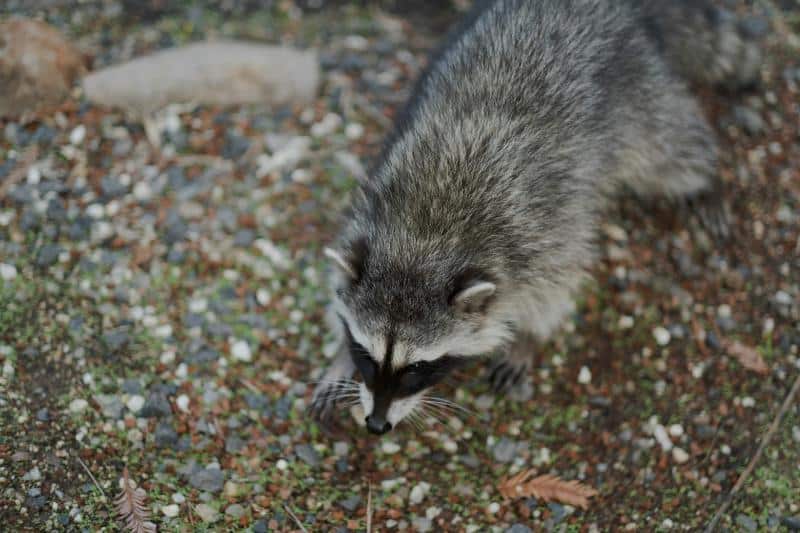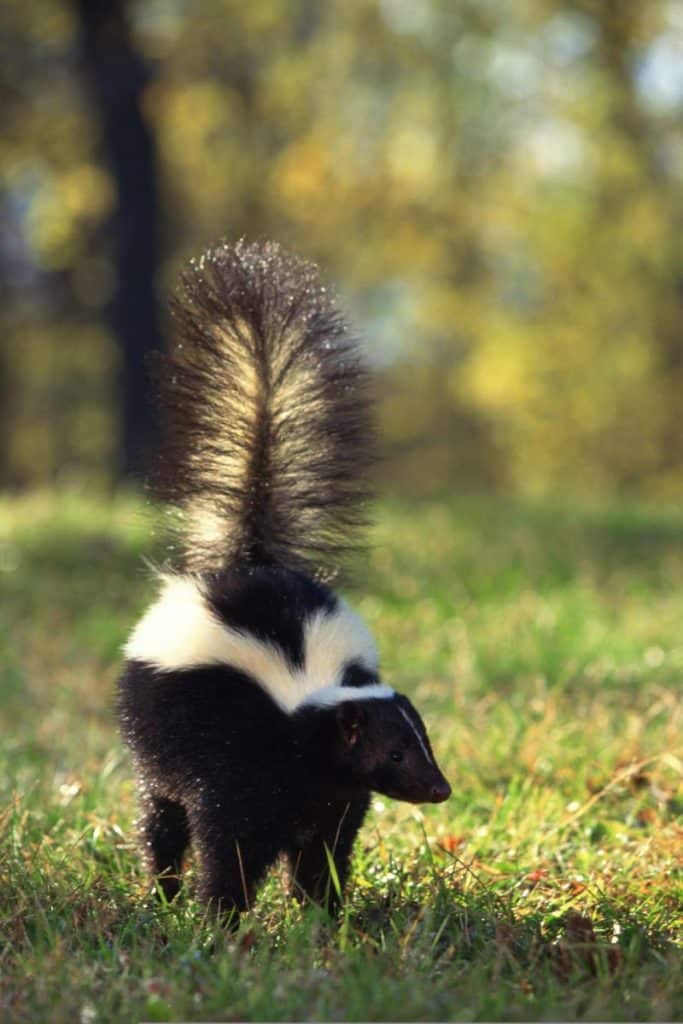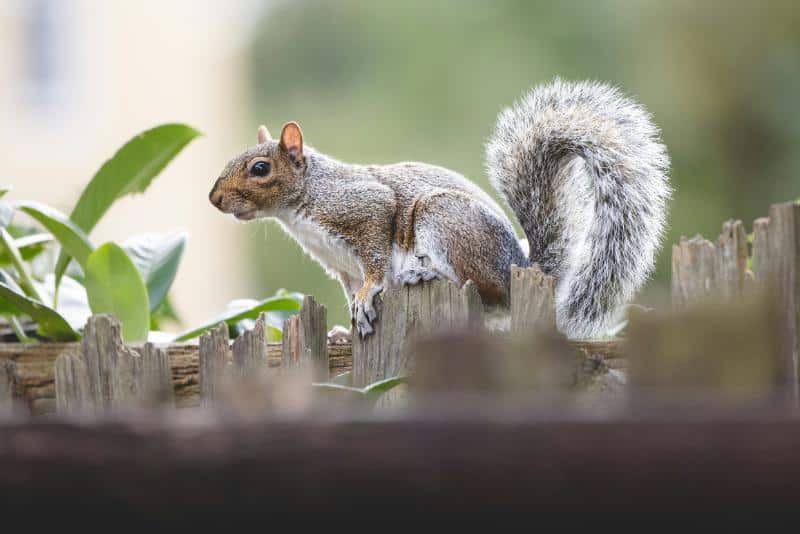Finding a family of raccoons in the attic or a possum peeking out from beneath your porch can be a startling discovery for any homeowner. Navigating the delicate balance between humane animal management and safeguarding your personal space requires a strategic and informed approach. This comprehensive guide is designed to help you address the presence of unwelcome critters in your home.

Understanding the Issue
Before taking any action, it’s important to understand the nature of your visitors. Are you dealing with a single curious creature or a full-on infestation? Make observations and identify the first items on your checklist. What species are you encountering? Sometimes, it’s as simple as recognizing the sounds or markings. Should you invite professional services used to remove skunks or call a service that specializes in rodent control? Do you know how to handle your visitors humanely and safely? Other times, you may need expert help to confirm what animal you’re dealing with. Is the animal alone or part of a group? Are they seeking shelter, food, or a place to nest? Understanding their motivations will steer you toward the most effective solutions.

Professional Wildlife Removal Service
When it comes to removing wildlife, expertise is key. A professional service can handle the situation with minimal stress and maximum success. Trained experts understand animal behavior and possess the tools to remove guests safely. Their expertise also ensures the job is done thoroughly the first time, preventing future incidents. Professional removal services typically start with an inspection, followed by a custom plan of action that may include trapping, exclusion, and cleanup services. They may also provide education on how to prevent future infestations, making them a valuable resource for long-term solutions.
Prevention: Sealing the Point of Entry
The next step after removal is ensuring critters don’t return. This means fortifying your home against future invasions. Walk around your property and look for any openings animals could use as access points. Remember, some creatures need very little space to squeeze through. Use appropriate materials to close off these entryways. Wire mesh, foam, and metal flashing are effective at keeping creatures out. Also, trim back any tree branches or shrubs that could serve as bridges for animals to reach your home. Moreover, ensure your roof and chimney are in good condition, as these areas tend to be popular entry points for raccoons and squirrels.
The Humane Trap and Relocate Strategy
For those passionate about animal welfare, traps, and relocation provide a compassionate option for dealing with pests. There are a variety of traps available, from live-capture to one-way doors. Choose a type that’s appropriate for the species you’re targeting. If your goal is to relocate the animal, be sure to do so responsibly. A suitable new location should offer the creature access to the essentials, like food and water. Also, make sure the area is legal for relocation and away from human dwellings. Properly releasing your catch ensures a safe and successful transition for both the animal and your home.
Natural Repellents are Keeping Animals at Bay
If you prefer a non-invasive approach to animal management, consider using natural repellents to deter critters from your home. Certain scents or substances can be highly effective at discouraging animals from frequenting particular areas. You can disperse natural repellents in various ways, such as sprays, granules, or soak material. Be mindful of the effectiveness and the need for reapplication. Also, keep in mind that natural repellents may not work on all species, so it’s essential to do your research and select the right product for the animals you’re dealing with.
Keep Environments Clean and Uninviting
Animals are often attracted by the promise of food or shelter. By controlling these attractants, you can make your home less appealing. Avoid leaving out pet food, secure your trash, and keep your environment clean to reduce the likelihood of creatures moving in. If possible, remove any existing nests or dens. This step, combined with denying access to new ones, significantly deters animals from staying. Furthermore, consider using motion-activated lights or sprinklers to startle animals and make them feel unwelcome. By making your home an uninviting environment, you can discourage potential visitors from setting up shop.

Physical Barriers and Exclusion Tactics
Sometimes, simple barriers can be the most effective solution. Here’s how to implement them. Fences, netting, and screens can all serve as effective barriers against animal entry, depending on the unique needs of your space. Sometimes the problem isn’t in the home, but in the surrounding yard. Tools like motion-activated watering systems can help keep critters at a distance. Exclusion tactics are another popular choice. By using materials like chimney caps, mesh screens, and flashing, you can block entry points specifically and effectively. Keep in mind that physical barriers may require regular maintenance to ensure they continue to function properly.
Remember, while every situation may differ, approaching the challenge of managing unwanted animals with a combination of prevention, intervention, and compassion is a testament to your commitment to cohabitating with wildlife in a sustainable and considerate manner. Whether you choose the professional route, opt for permanent exclusion, or seek to coexist using repellents and natural solutions, rest assured that you are enacting thoughtful practices that benefit both your household and the natural environment. In the end, it’s more than just ridding your home of pests; it’s about achieving a balance that maintains the safety and sanctity of all involved. With the knowledge and practices outlined in this guide, you’re well on your way to managing these encounters with grace and efficacy.
